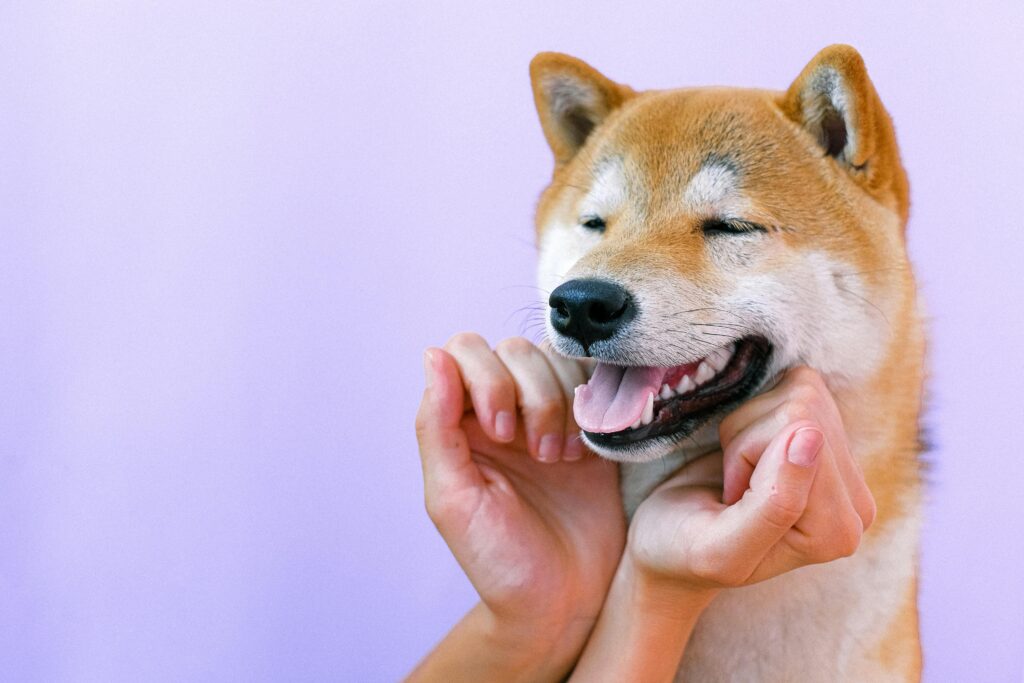
Puppies are adorable bundles of energy, curiosity, and affection, but they also experience a wide range of emotions that influence their behavior. Understanding puppy emotions is key to building a strong bond and creating a trusting relationship. By recognizing and responding to your puppy’s emotional needs, you can nurture a confident, well-adjusted furry friend.
Why Understanding Puppy Emotions Matters
Puppies, like humans, communicate their feelings through body language, vocalizations, and behavior. Emotions such as joy, fear, curiosity, and even frustration are normal parts of their development. Understanding puppy emotions helps you:
- Recognize their needs and respond appropriately.
- Prevent negative behaviors by addressing underlying emotions.
- Build a foundation of trust through positive, empathetic interactions.
Recognizing Common Puppy Emotions
Learning to interpret your puppy’s emotions starts with observing their signals. Here are some common emotions and their typical signs:
- Happiness and Excitement
- Wagging tail, relaxed body, and playful behavior.
- Barking or jumping in anticipation of fun.
- Fear or Anxiety
- Tail tucked, ears back, or cowering.
- Avoiding eye contact or retreating from situations.
- Curiosity
- Alert posture, ears forward, and sniffing or exploring new objects.
- Frustration
- Whining, barking, or pawing at something they can’t reach.
- Pacing or restless behavior.
- Contentment
- Relaxed body, soft eyes, and resting calmly by your side.
Understanding puppy emotions allows you to respond appropriately and foster a sense of security in your pup.
Building Trust Through Positive Interactions
Trust is the cornerstone of a healthy relationship with your puppy. Positive interactions help your puppy feel safe and valued, which strengthens your bond.
- Use Positive Reinforcement
- Reward good behavior with treats, praise, or playtime.
- Focus on reinforcing desired actions rather than punishing mistakes.
- Be Patient and Consistent
- Puppies are still learning, so patience is essential.
- Consistent routines and cues help your puppy understand expectations.
- Provide a Safe Environment
- Create a comfortable space where your puppy can retreat if they feel overwhelmed.
- Avoid forcing your puppy into situations that make them fearful or anxious.
- Engage in Play
- Playtime is a great way to bond and understand your puppy’s personality.
- Interactive games like fetch or tug-of-war build trust and provide mental stimulation.
- Respond to Their Needs
- Pay attention to your puppy’s signals and address their emotions.
- Comfort them when they’re scared and celebrate their joyful moments.
How to Handle Negative Emotions
Puppies may occasionally experience fear, frustration, or stress. Understanding puppy emotions means knowing how to guide them through these feelings:
- Fear or Anxiety
- Remove your puppy from the source of fear and provide reassurance.
- Gradually introduce new experiences in a controlled, positive way.
- Frustration
- Redirect their energy with a toy or an activity they enjoy.
- Avoid reinforcing frustration by rewarding whining or barking.
- Stress
- Maintain a calm environment and limit exposure to overstimulating situations.
- Offer soothing interactions like gentle petting or quiet time together.
Encouraging Emotional Growth
Puppies thrive when they feel secure and loved. Encouraging emotional growth involves exposing them to new experiences while offering support and guidance.
- Socialization
- Introduce your puppy to different people, pets, and environments in a positive way.
- Gradual exposure helps build confidence and reduces fear of the unknown.
- Training and Communication
- Teach basic commands using positive reinforcement.
- Clear communication strengthens your bond and helps your puppy feel understood.
- Quality Time
- Spend time bonding with your puppy through walks, cuddles, and play.
- Your presence reassures them and fosters emotional stability.
Conclusion
Understanding puppy emotions is essential for building trust and creating a strong, lasting relationship. By observing their behavior and responding with patience and empathy, you can help your puppy navigate their emotions and grow into a confident, happy companion.
Positive interactions, consistent routines, and a safe environment will nurture their emotional well-being and deepen your bond. With time and effort, your puppy will thrive in an atmosphere of trust and love, making every moment together more rewarding. Petsdogpuppy
